History is filled with stories and legends involving swords. Often, the weapons in these stories do indeed have some grounding in fact, here are 10 of the greatest and most interesting swords to have been discovered.
The Sword In The Stone
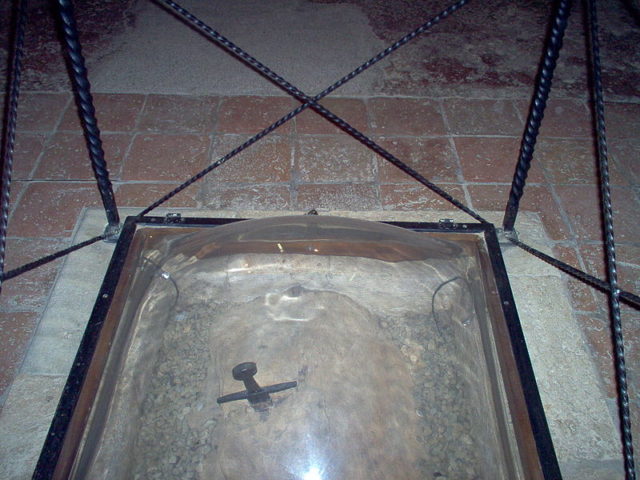
Even though the Arthurian legend is well known to be a creation of myth and folklore, a sanctuary in Monte Siepi, Italy contains a real-life “sword in the stone”.
It’s thought that the sword belonged to Saint Galgano, a 12th-century Tuscan cavalier whom Archangel Michael ordered to give up his sinful habits.
Galgan protested, saying that this would be as hard as stabbing a sword through a stone. He thrusted his weapon at a nearby stone to prove his point, but instead of breaking, the sword sliced through the rock as if it wasn’t there, and then stuck fast at the hilt.
This is considered by some to be the inspiration of the legend of Excaliber in the stone.
The Kusanagi

According to folklore, the “sword in the snake,” Kusanagi, was discovered in the body of an eight-headed serpent slayed by the god of seas and storms.
It’s an important part of the Imperial Regalia of Japan, a sign of the ancient imperial family’s ancestry from the sun goddess, the key to their celestial right to the decree.
It is said that the sword was stolen in the sixth century by a monk whose ship then sank, but it was allegedly recovered by a group of Shinto priests. The refusal of the the priests to reveal the weapon, as well as the unreputable nature of historical references to it, leave its current status somewhat hazy. It could well be lying on the bottom of the ocean.
Durandal
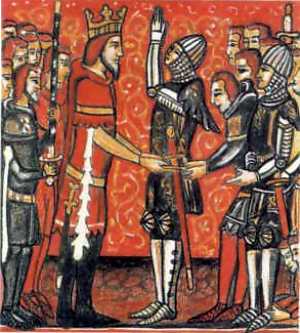
For hundreds of ages, a legendary sword has remained embedded in the cliffs directly above the Notre Dame chapel in Rocamadour, France. The monks state it is called Durandal, sword of the paladin Roland.
Conferring to legend, Roland heaved the holy blade into the lateral of the cliff to save it from being taken by his opponents.
Ever since the 12th century, the chapel has remained an end point for holy pilgrimages. In 2011, the sword was removed by means of the resident municipality and was taken to the Cluny Museum in Paris for an exhibit.
The Cursed Muramasas

Muramasa in the tales was an ancient Japanese swordsmith whom, rendering to fable, prayed that his blades would become the “prodigious destroyers.”
For the reason that of the excellent quality of his blades, the deities granted his appeal and instilled the weapons with a ferocious spirit that, if not satisfied with combat, would make the wielder mad and drive him to suicide or murder. There are numerous tales of the Muramasas’ wielders becoming insane and being killed. The swords were thought to be cursed, and were forbidden by imperial decree.
St. Peter’s Sword
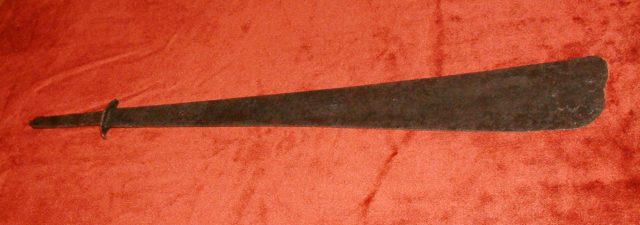
There are numerous legends about the sword used by Saint Peter when he sliced off the ear of the high priest while they were in the garden of Gethsemane. English folklore has it transported to England by Joseph of Arimathea alongside with the Holy Grail.
However, in 968 another sword alleged to be the sword of St. Peter was carried to Poland by the Bishop of Jordan. The Bishop’s sword, considered by some to be an authentic historical object, stayed in Poland and was ultimately relocated to the Archdiocese Museum that is located in Poznan.
The Wallace Sword
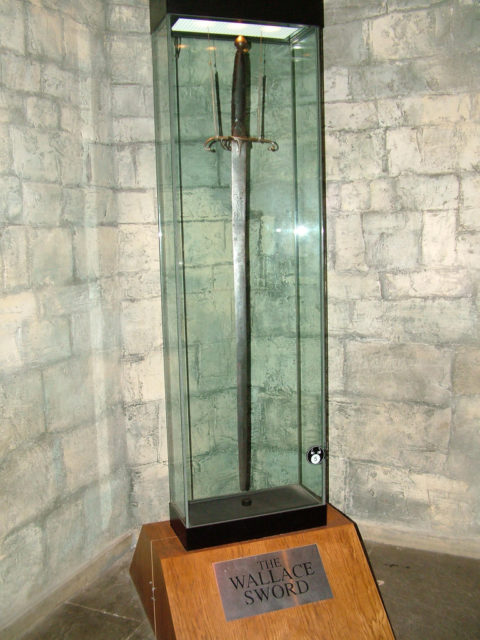
Myths tell of how William Wallace, the lead character of Mel Gibson’s Braveheart, used human flesh to make his sword’s covering, belt, and hilt. The skin was thought to have belonged to Hugh de Cressingham, who Wallace defeated in the combat at Stirling Bridge.
One description of the fable says that Wallace used Cressingham’s skin for his sword’s sash. Additional interpretations state that Wallace and his kinsmen used Cressingham’s flesh for saddle girths.
The Sword of Goujian

In 1965, an extraordinary sword was discovered in a moist tomb located in China, and despite being over 2,000 years old, there was not one touch of rust on it.
The blade was so sharp that an archaeologist cut his finger tried its edge upon his finger. In addition to its resilience, the workmanship of the engravings was also incredibly comprehensive for a sword created so long ago. It was, for the period, it was completely unknown.
This script on the sword reads “King of Yue” (越王) and “made this sword for [his] personal use” (自作用剑).
It seems that the swordsmiths of the ancient kingdom of Yue were so skilled that they were able to incorporate rust-resistant chemicals into their blades.
In addition, and in a stroke of wonderful good fortune, the scabbard of this precise blade was almost airtight, which stopped oxidation and permitted the famous sword to be discovered in such immaculate condition.
The Seven-Branched Sword
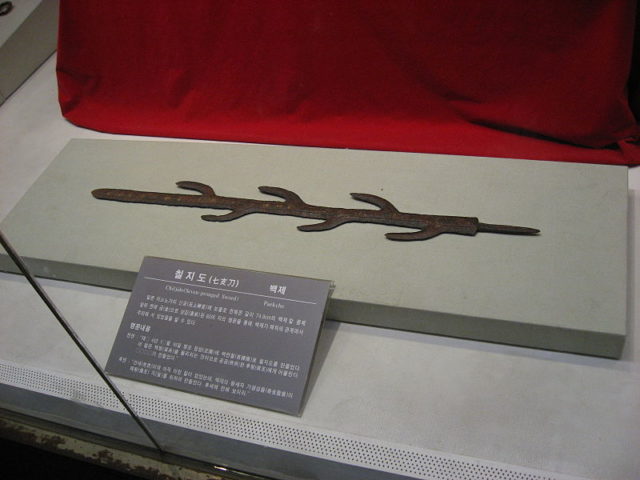
In 1945, a mysterious sword was located in Japan’s Isonokami shrine. The sword was of exceptionally rare make, with six protrusions sprouting out from its sides. The sword is extremely worn, and the inscriptions are hard to read, but it has been established that sword was a gift from a Korean king to a Japanese monarch.
According to the Nihon Shoki, a legendary seven-branched sword gifted to a fabled shaman empress called Jingu. It is believed that this legendary sword is the same one found in the shrine.
